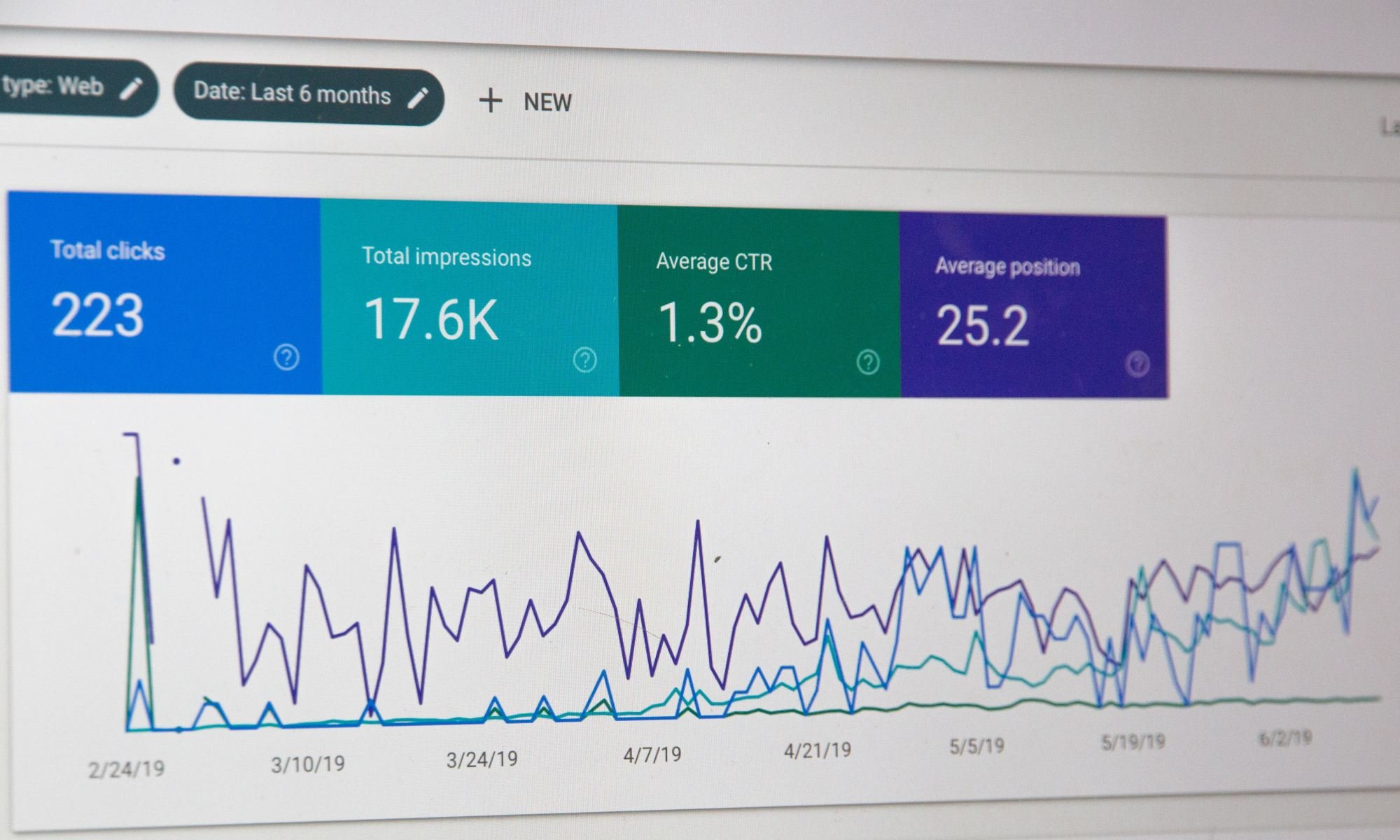
We will look into NLP oriented content, SEO semantic HTML, schema implementation, voice search and speed update…
>Share this post<
by Irina Ciutaco
January 21, 2020
2020 is well underway and with it, we begin to see new trends and algorithm updates. SEO being one of the most important aspects of any ranking website we use this time as an opportunity to look into NLP oriented content, SEO semantic HTML, schema implementation, voice search and speed update…
1.NLP oriented content
BERT, the newest update from Google is based on NLP and it has already affected more than 10% of queries in Google Search Engine Results.In a nutshell, NLP is the abbreviation for natural language processing and it is characterised by the capacity of a computer to explain, analyse, shape and generate human language. BERT is helping Google to understand the meaning of words used in a sentence, with all its particularities, especially at a conversational level and it is giving relevant answers for written and vocal searches.
The best part of BERT is that it is open-source so if you have Python knowledge, you should be able to train the model.
2.Schema implementation
As you might know, rich snippets are very important for SEO as they are developing information with schema tags such as reviews, ratings, prices and meta descriptions.The advantage of using rich snippets is that they engage more clicks from users since they are displaying more information.
Find more information related to the best practices on how to implement schema.org at this link.
3. Voice search
Voice search has been present in SEO for over a decade but lately, it has become more customised and more useful to people.In case you want to use Google Assistant, you would need to optimise for rich snippets, as Backlinko shows, 40.7% of voice searches are coming from rich snippets.
If you are wondering how to optimise the rich snippets in Google Voice Search, then you will need to take a deep dive into the specific words from the questions being asked by existing customers. Rich snippets may contain paragraphs, numbered or bullet lists, Youtube snippets.
For more details on how to optimise rich snippets for voice search, check here.
4. Branded queries
Branded queries are proof of your business’ validity since people are searching for your branded name.The question then lies in how to make users search for your brand?
Attract users with great content. Blogs, whitepapers, case studies and share as many ways as possible. Utilise all channels
Use social channels to your advantage. Paid advertising is a fantastic method, we have found that people click on ads but they often see an ad that interests them and then google the company for more information.
Analyse your audience in order to know what they are looking for and then give them what they want.
5. Cumulative optimisation
A very interesting topic in SEO is the process of optimising your website continuously.First of all, in case you are not getting the results that you are looking for in Google SERP, you should ask yourself why you are optimising it.
What you should do, follow the correct workflow:
- On-page SEO
- Page speed optimisation
- Internal linking
- Sponsored ads
- Guest posting
6. Videos for SEO
Did you know that on average those eCommerce businesses that use videos are getting 49% more revenue as opposed to the ones that don’t?Nowadays, people like watching videos. If in the past, one picture was worth 1000 words, one video is worth 1000 images.
Successful SEO blogs such as Ahrefs, SEMrush and Backlinko are generating more videos in order to generate quality leads.
Videos are a great way to keep someone’s attention and harness the precious data you can then utilise as they sit and learn more about what you have to say.
Moreover, you can follow the tips below in order to make successful videos:
Convince your users to continue watching your video in 5 seconds.
Keep in mind that retention is a ranking factor and in case you get more views, only a few ones are following the entire video.
Build a good thumbnail in order to gain users because most of the views come from suggestions.
Write a good script and research your competitors and what they are currently talking about.
7. Speed update
As you might know, speed has always been a ranking factor on any website. Google has been investing money in AMP technology and with it has created the new speed feature in Google Search Console.
In case you didn’t know, the latest Chrome version is identifying slow websites with a ‘’shame badge’’.
Amazon released some very interesting information that estimates that every 100ms of latency is costing them 1% in profit.
8. E-A-T centric website
You might wonder, what is an E-A-T centric website?E-A-T is the abbreviation of Expertise, Authoritative & Trustworthiness, which are the three elements that tell Google if one website is trusted or not.
Recently, Google algorithms have penalized many websites for having misleading information or for having thin content.
It is also a fact that Google enlisted more than 10,000 search quality raters in order to determine whether a website has thin content or not.
All three elements mentioned above are pointing you towards one thing. You need to ensure authenticity in creating the content that you are putting out there and always produce the content with Googles systems and algorithms in mind. It turns out that if you make your users happy, Google will reward you with higher ranks.
Conclusion:
In a world of continuous change, SEO trends are always changing by the influence of artificial intelligence, however, Google’s main aim is still the same – to ensure the information and content being generated is of high quality and then rank it and make it accessible accordingly.
More to explore
Here’s an overview of the latest improvements that are now available in the Kooomo platform.
In the next few years, we are foreseeing an impressive increase for the global retail industry. While this can be beneficial for the global eCommerce industry, it also means that there will be more competition, as well.

 en
en 

